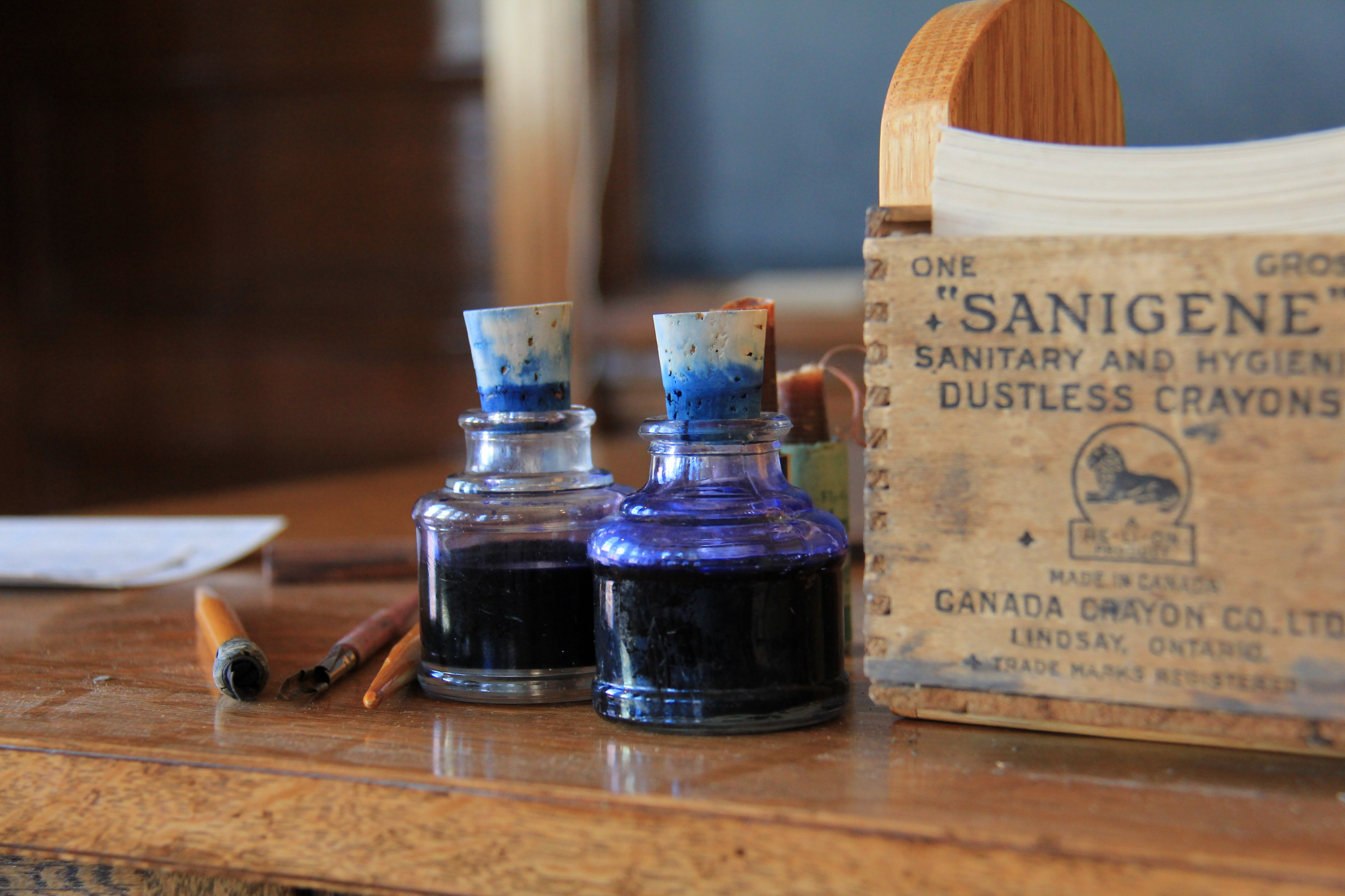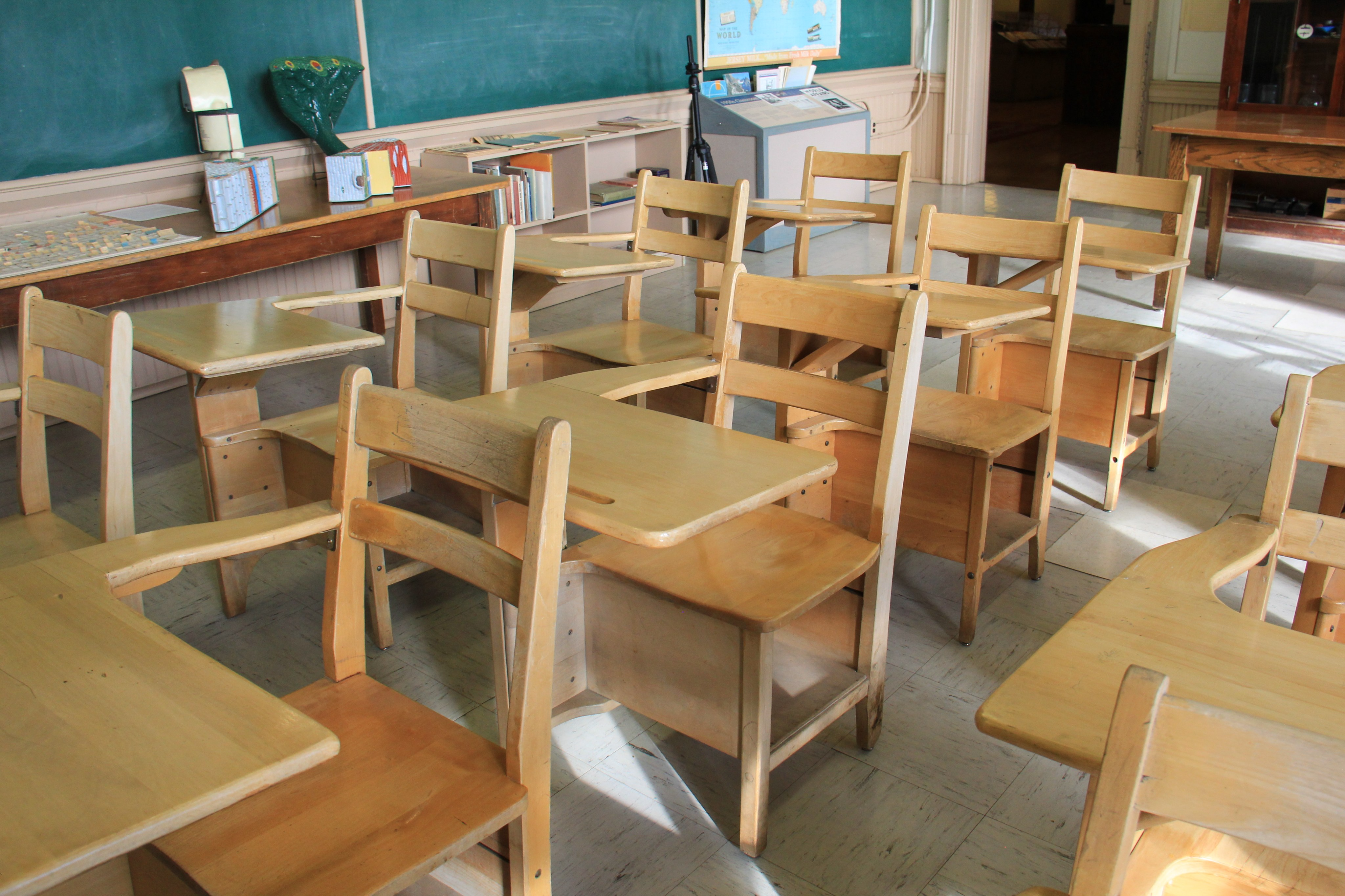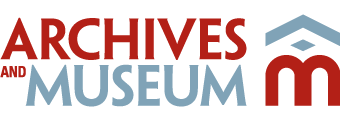



1912 Classroom

This classroom was part of a 4-room addition to McKay Avenue School in 1912, and is approximately 25% larger than contemporary classrooms. The room is 26’ x 34’ with 13’ ceilings to allow for maximum air circulation. Large windows were included to allow for ample natural light, which was supplemented by four 60 watt drop incandescent lights. The blackboards are original ½” slate.
1950s Classroom

The 1950s classroom has changed little since McKay Avenue closed in 1983. The 1950s were a time of change for the classroom environment, physically and intellectually. Fluorescent lights, painted woodwork, linoleum flooring, and green chalkboard known as “hyloplate” are some of the most notable changes to the physical space. The curriculum moved towards an investigative type of science inquiry.
1st Floor: School Days, High School, WWI and WWII

The first floor of the Edmonton Public Schools Archives and Museum covers the early years of the Edmonton Public School Board. Beginning with the establishment of EPSB, the displays show how the education system adapted to an ever-changing demographic in the evolution and growth of Edmonton. Achievements such as the Commercial Grads are celebrated, and the First and Second World Wars and heroics of those who joined the war effort are commemorated.
One special display is the bronze commemorative bronze shield, proudly displayed by the east front door, which was gifted from the school children in Edmonton, England to the school children of Edmonton, Alberta in a special ceremony on July 24, 1919. The shield is in appreciation of the valour displayed by Canadian servicemen during World War I. Today the relationship between the school children from Edmonton, England and Edmonton, Alberta continues, this time online.
2nd Floor: Innovation in Education

Continuing on the second floor, the exhibits transition to how the Edmonton Public School Board functioned in a post-World War atmosphere. This is followed by the impact of technology in the classroom, and how changing approaches to education influenced everything, from physical education to school architectural design.
3rd Floor: Decisions & Destiny

McKay Avenue School was newly opened in 1905, the same year Alberta became a province. Some months after the school opened for classes, the third floor became the temporary home of Alberta's First Provincial Parliament. The entire third floor assembly hall area, a small Principal’s office on the east end of the second floor and a ladies’ staff room were rented to the new Government of Alberta for the sessions held in 1906 and 1907. On the third floor visitors encounter the carefully restored Legislative Chamber. Many important decisions would be made within the walls of McKay Avenue School, including which city would become the Alberta's capital.





